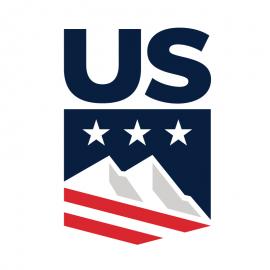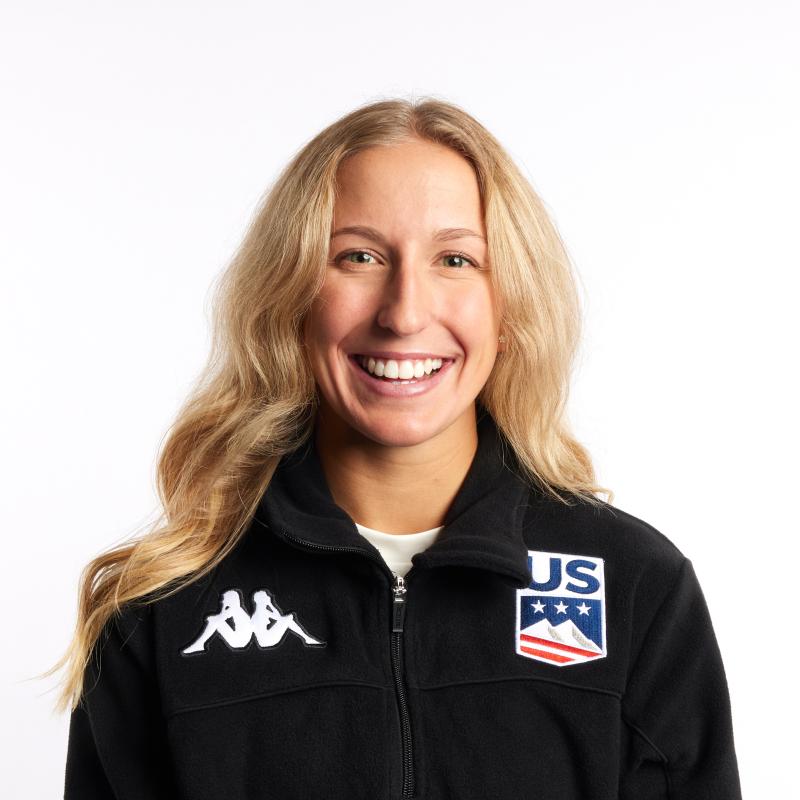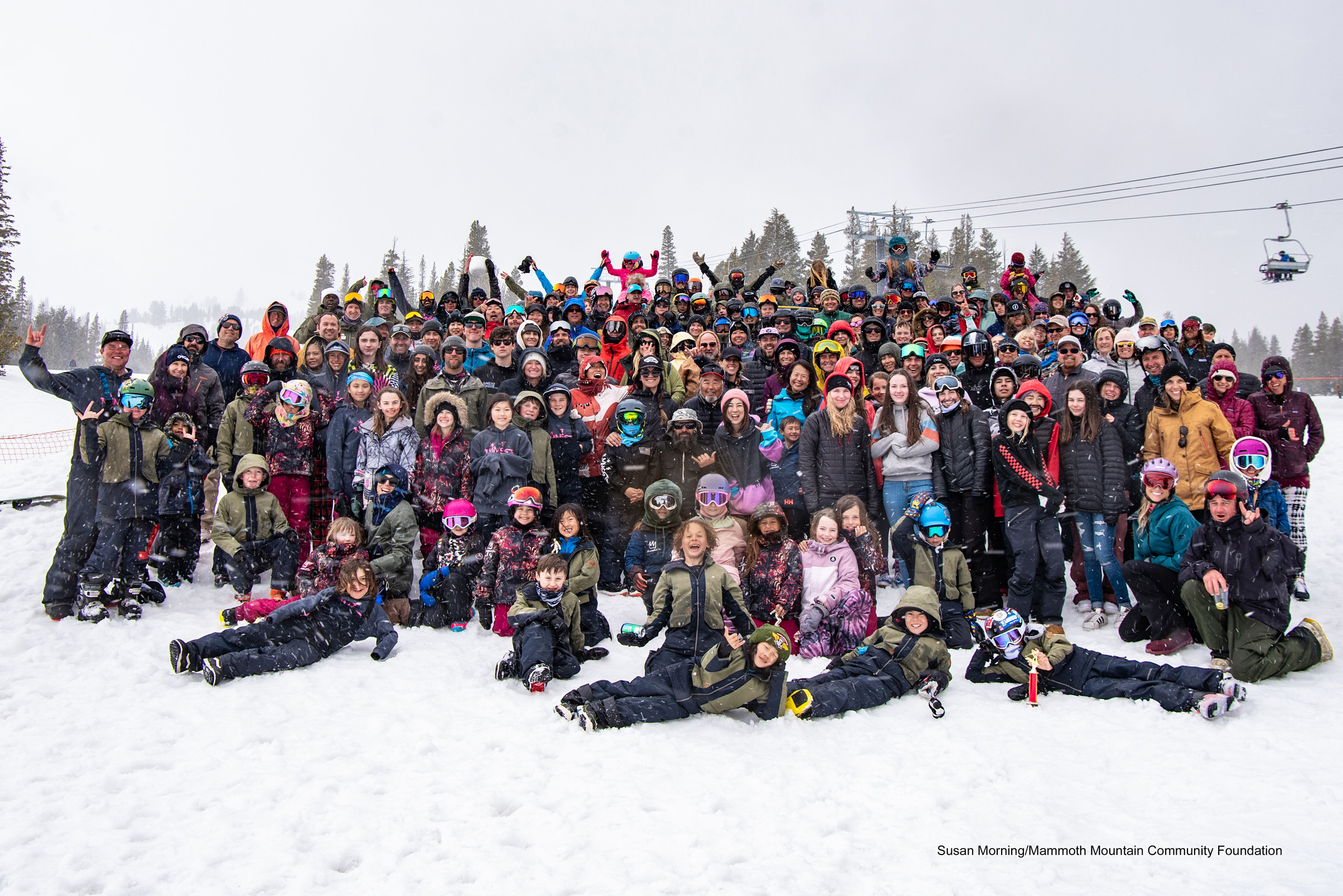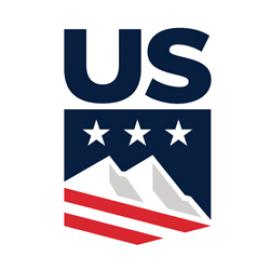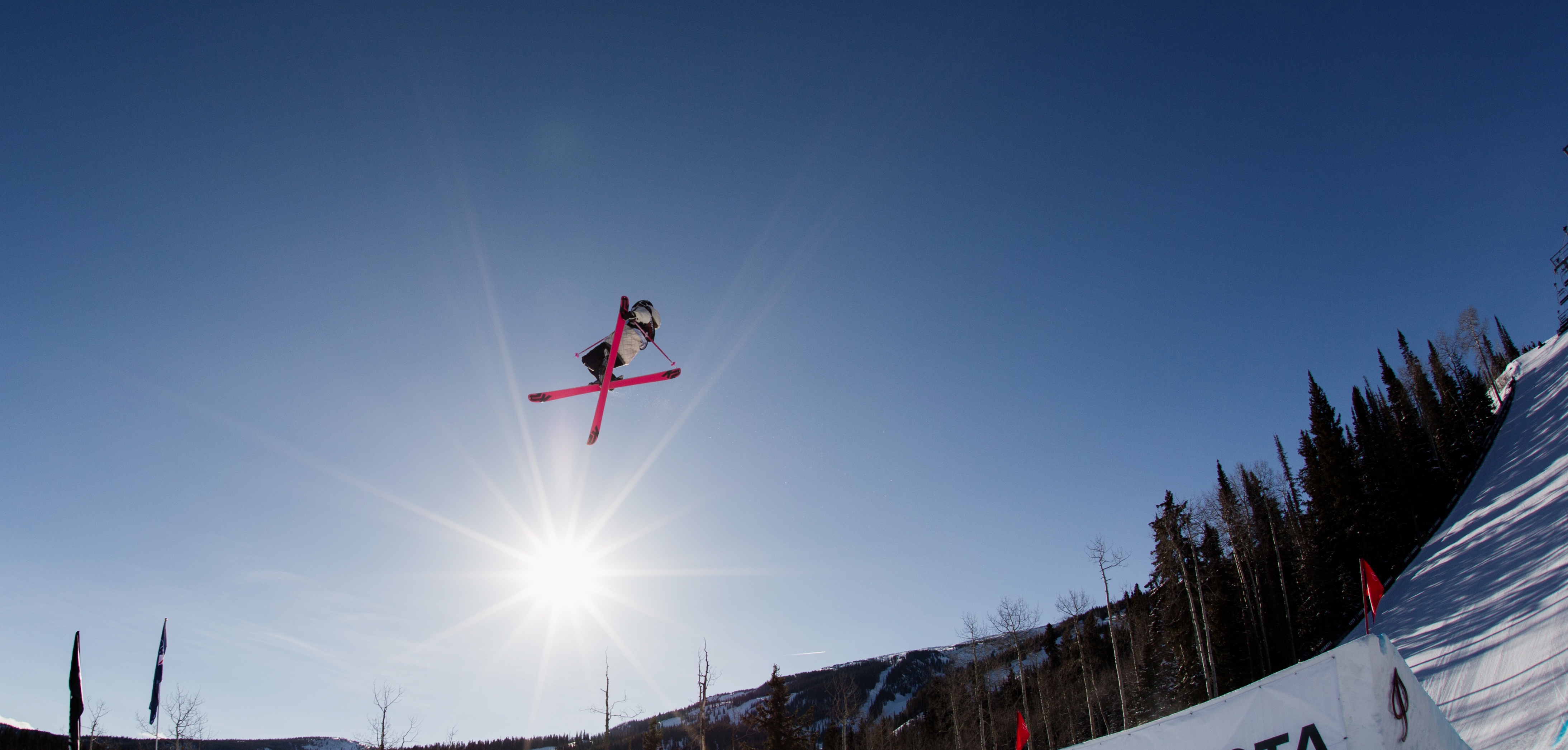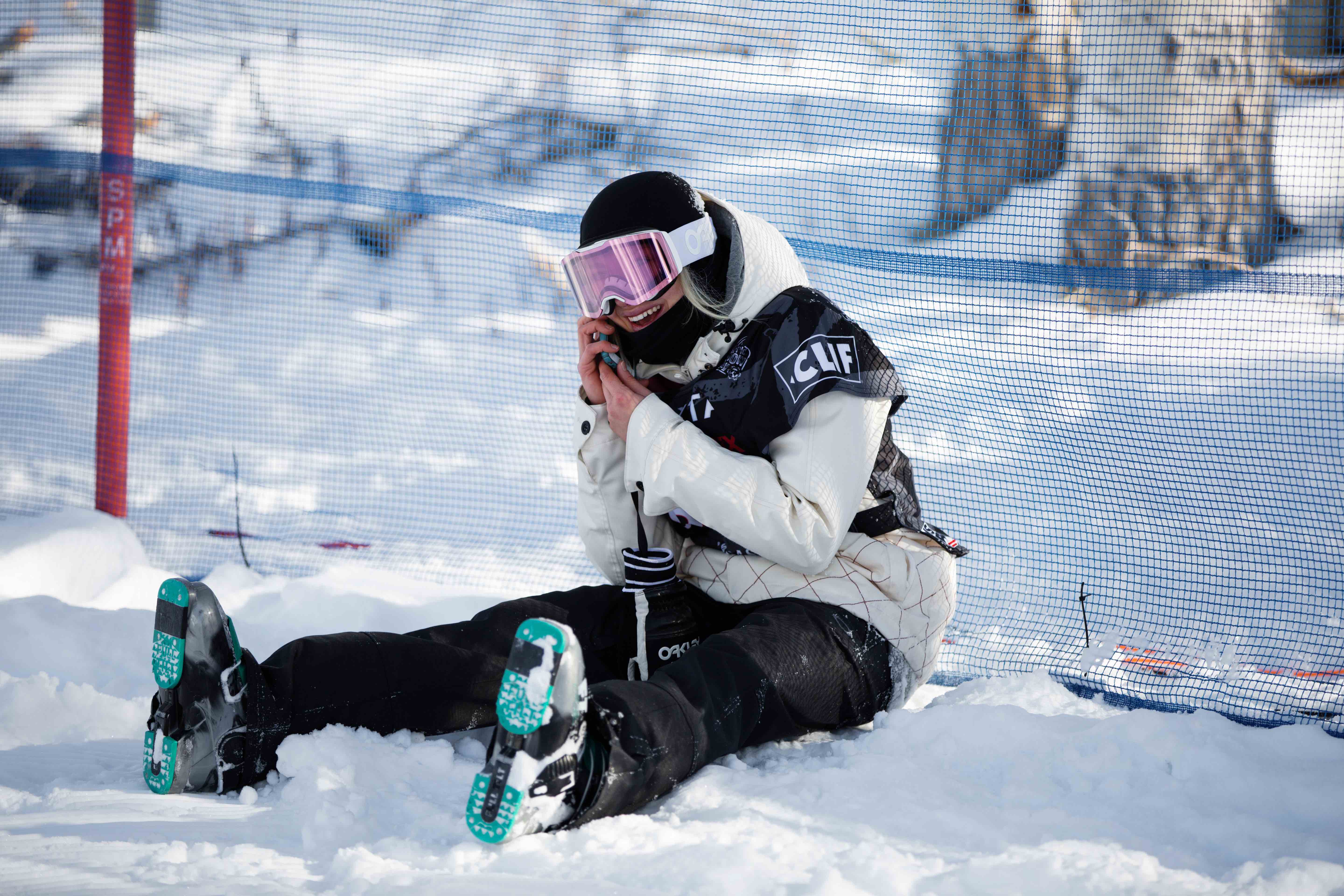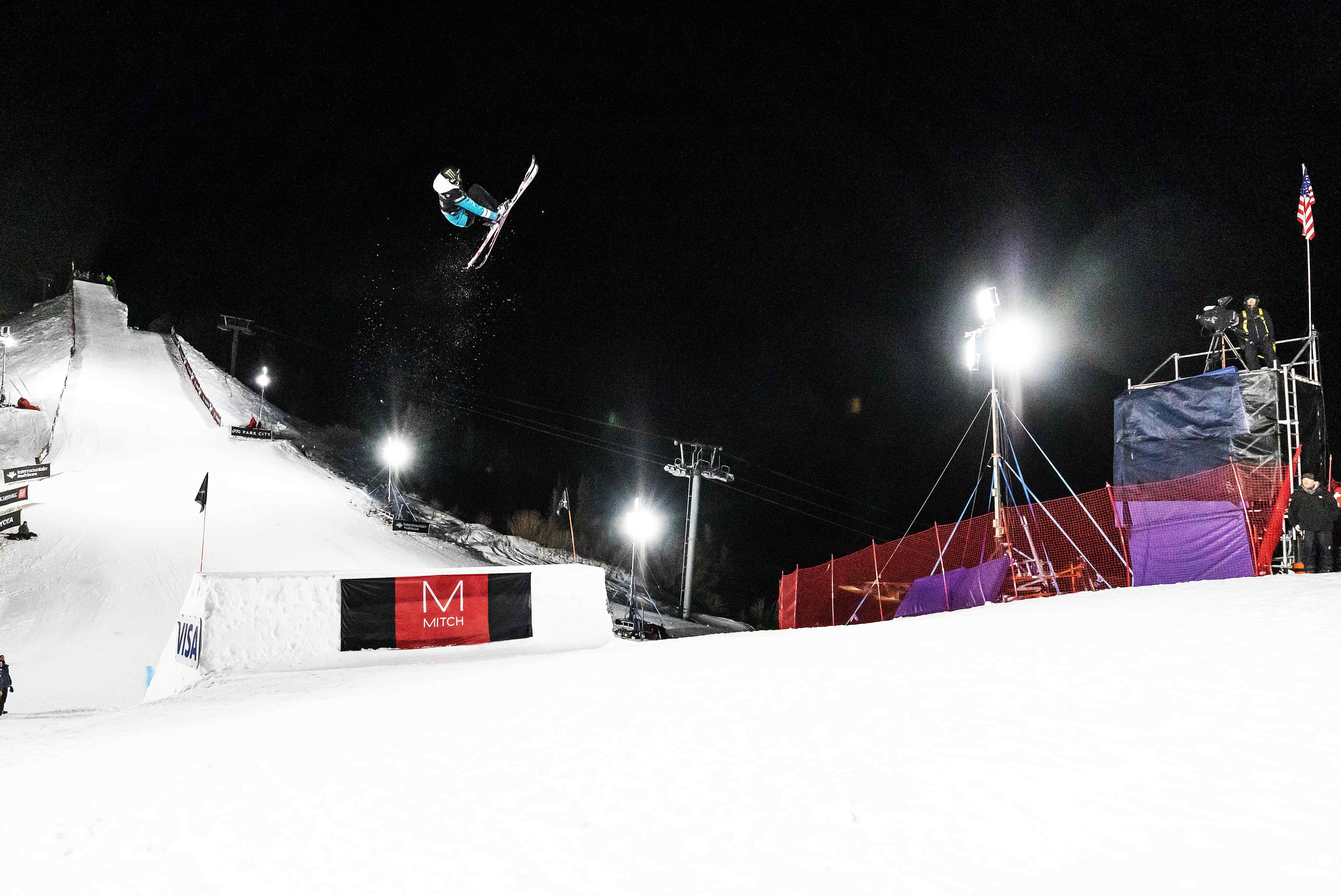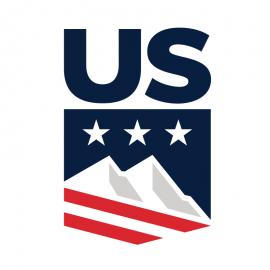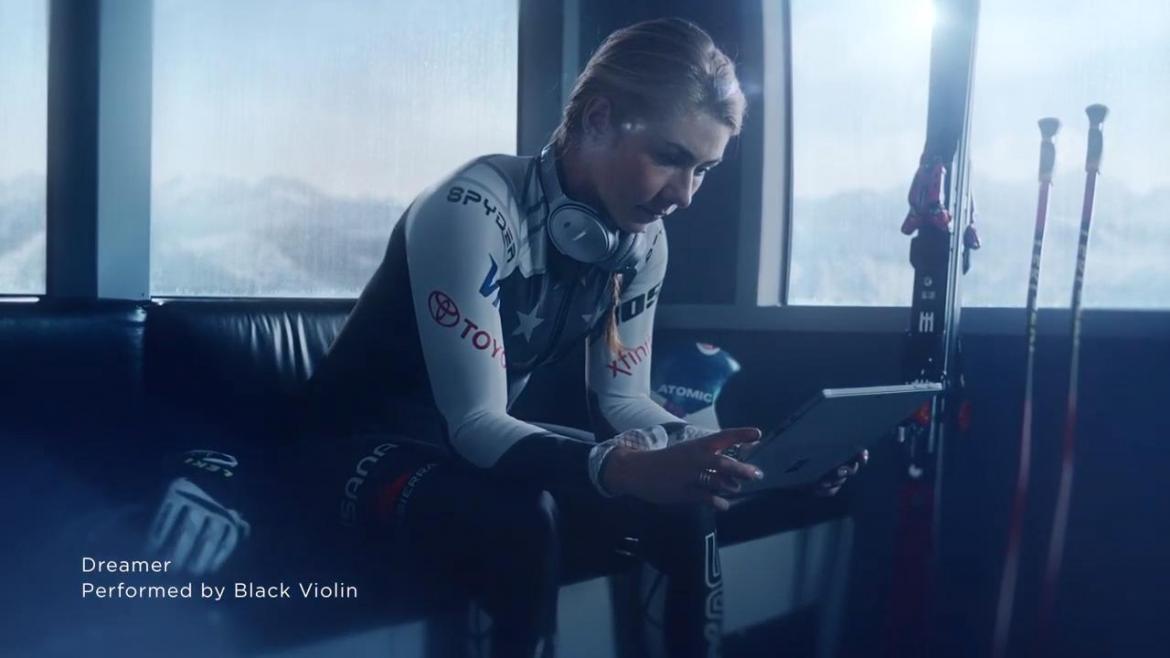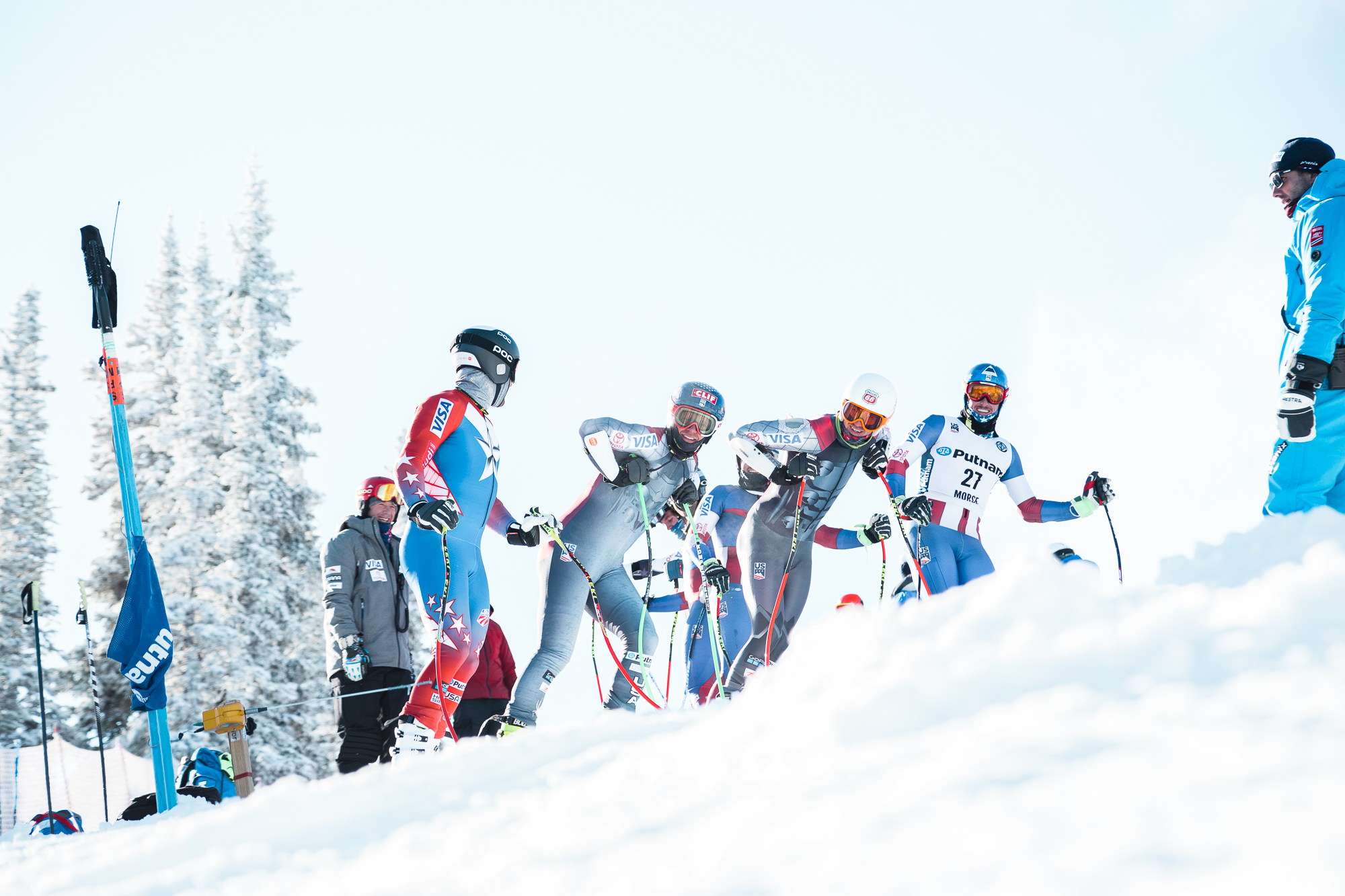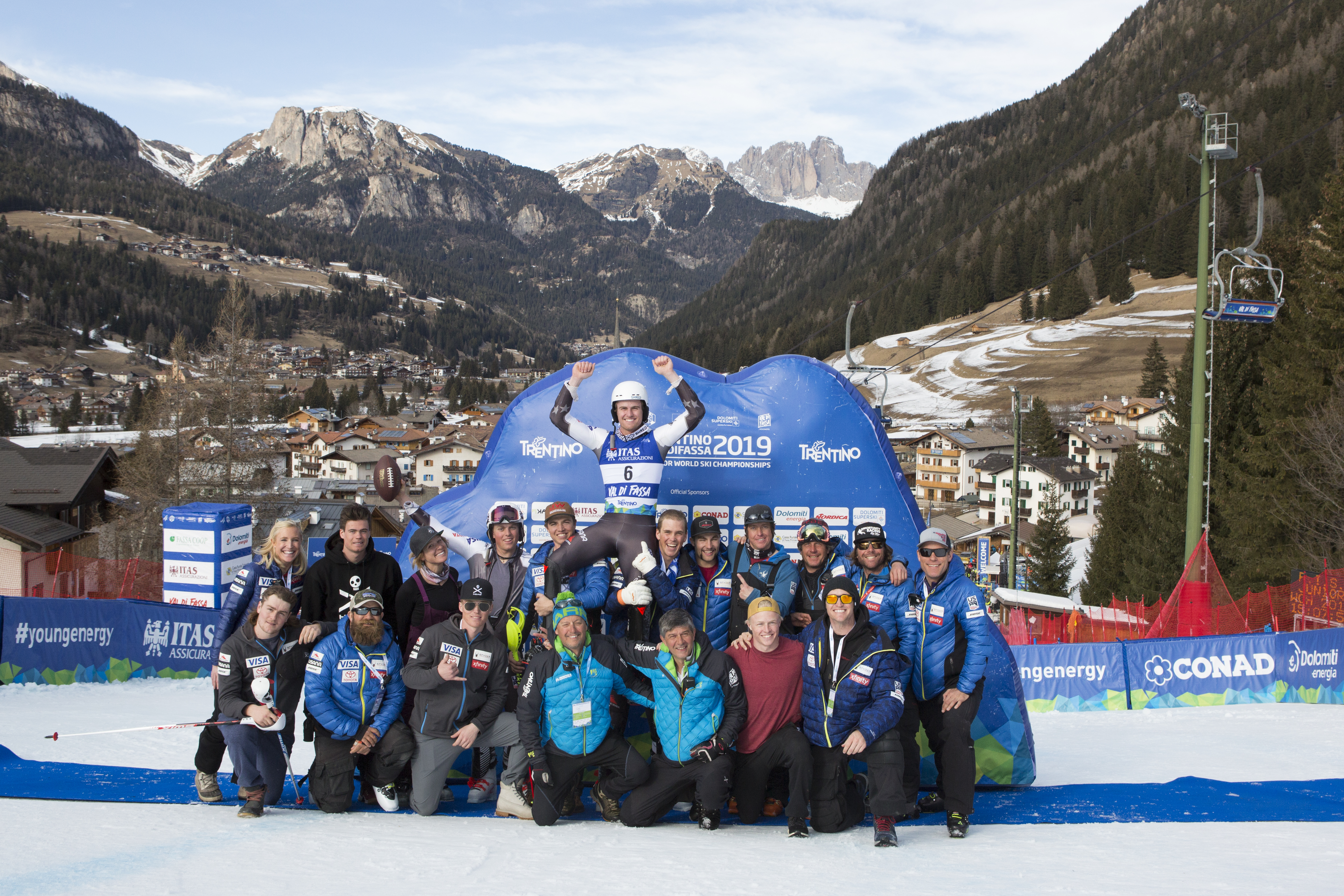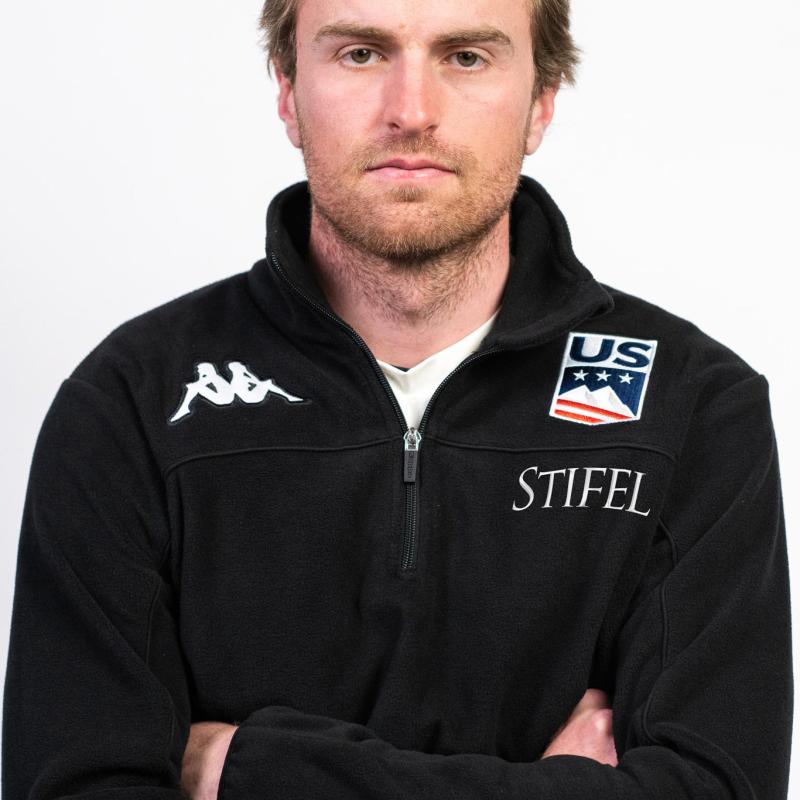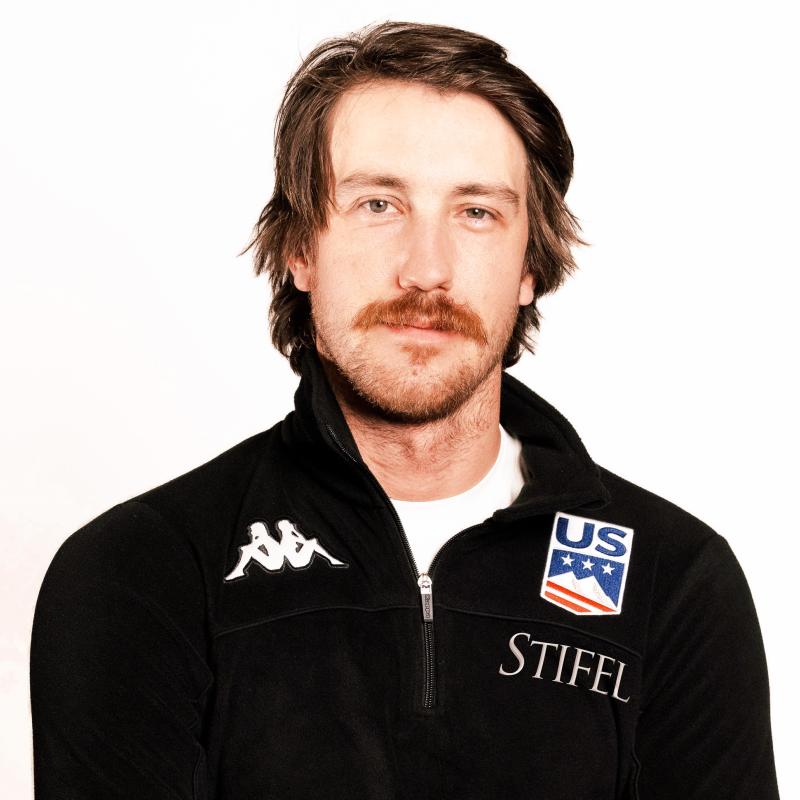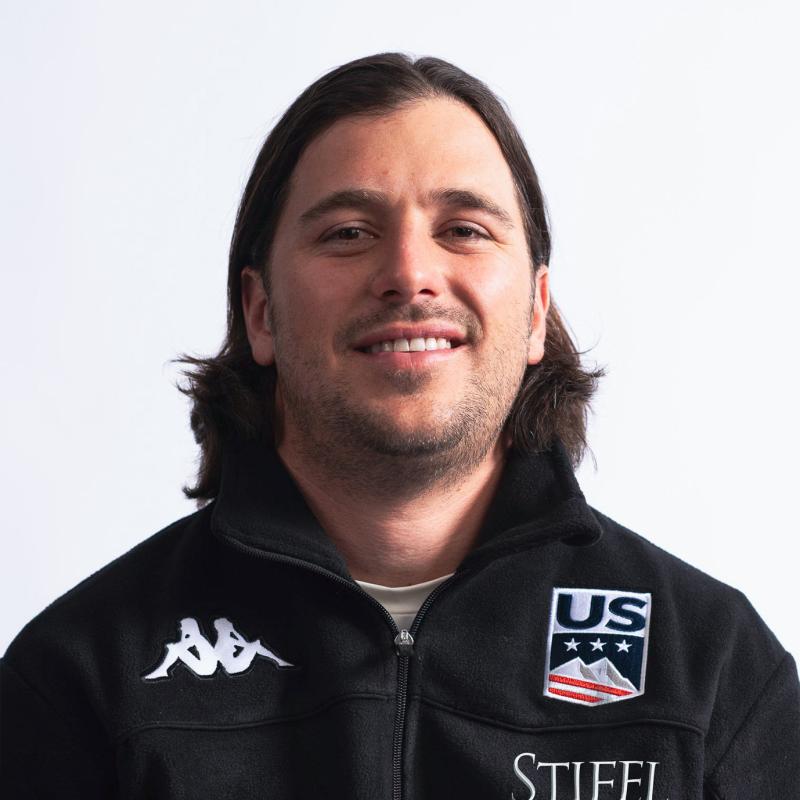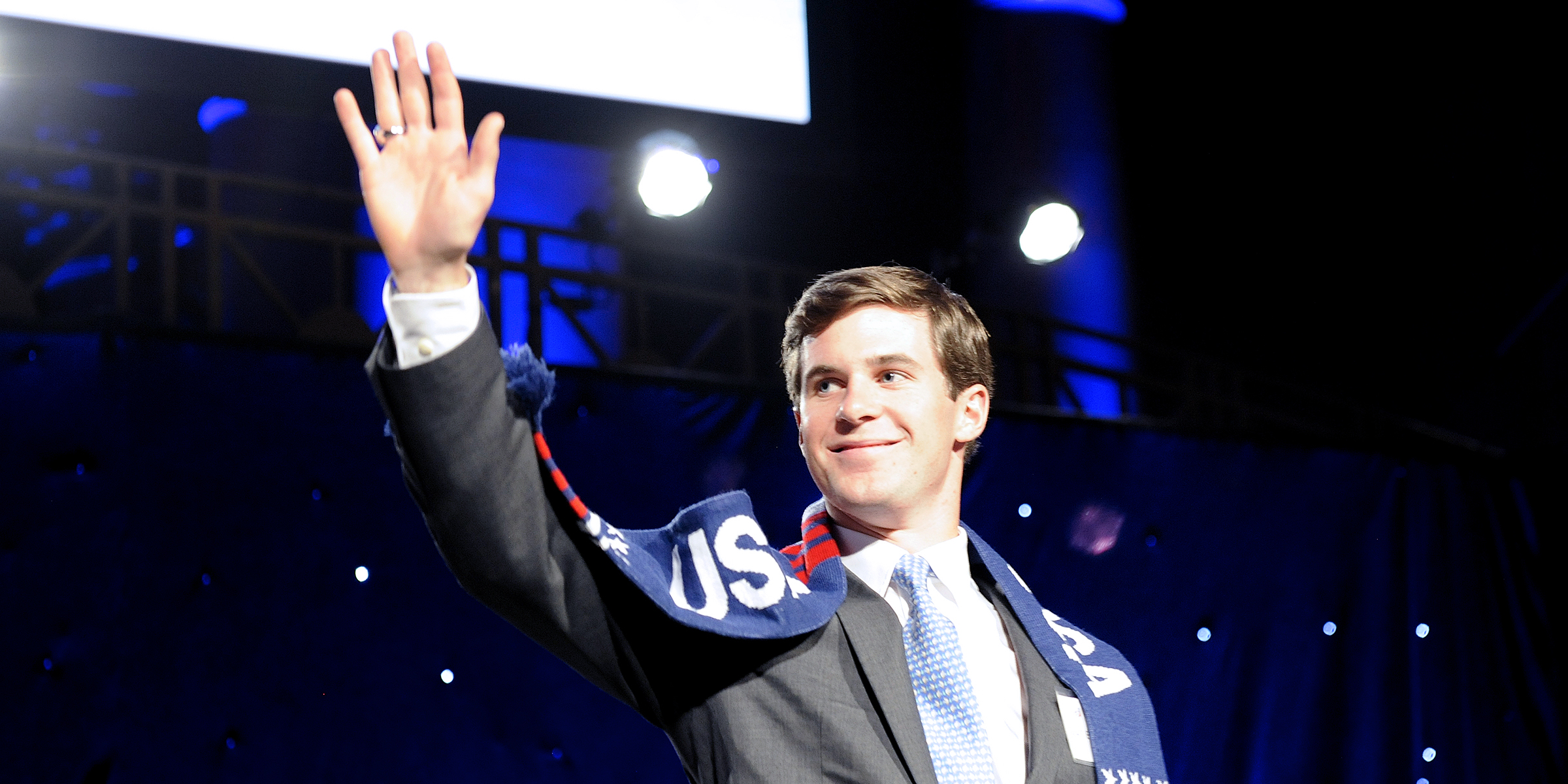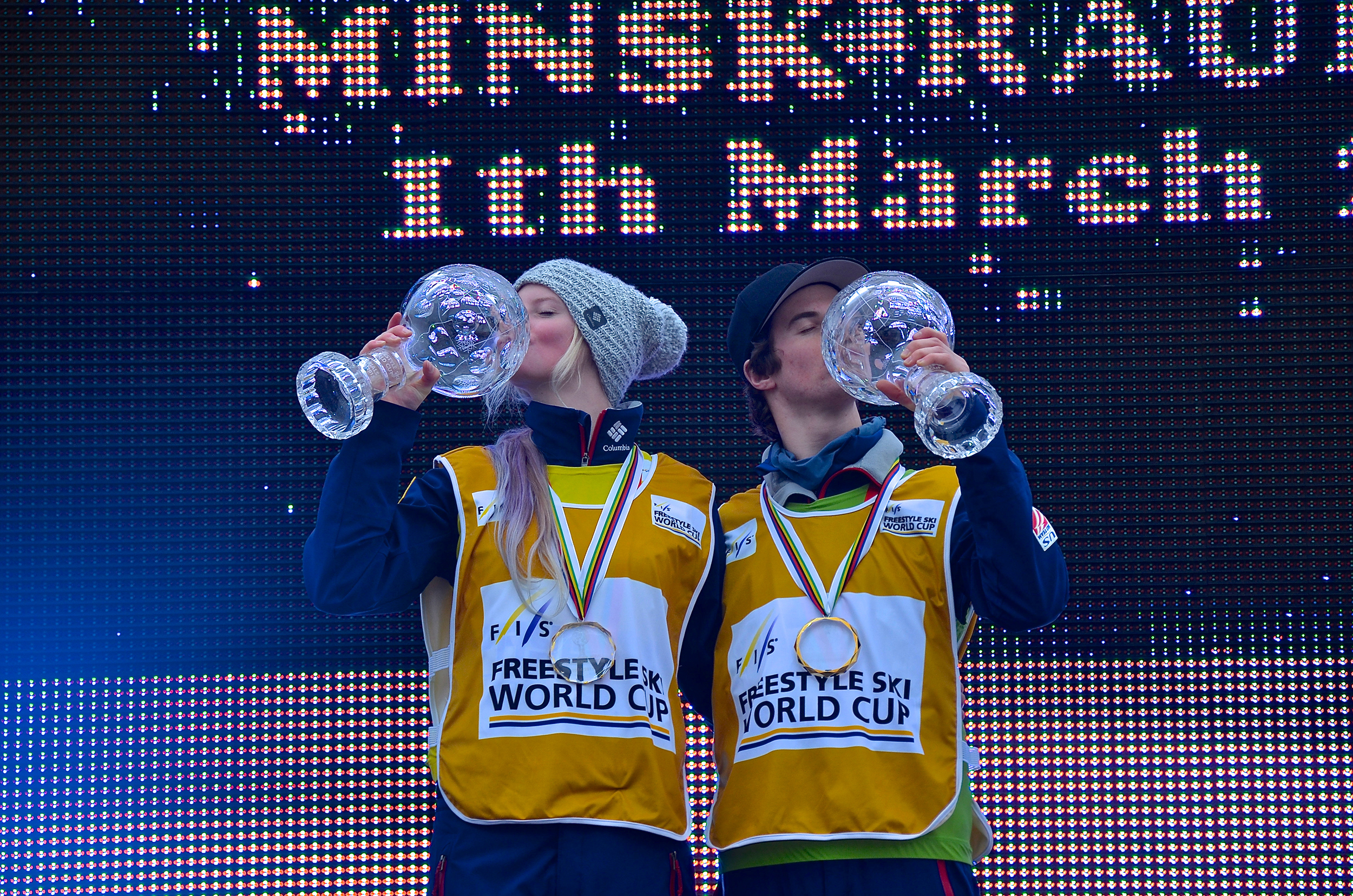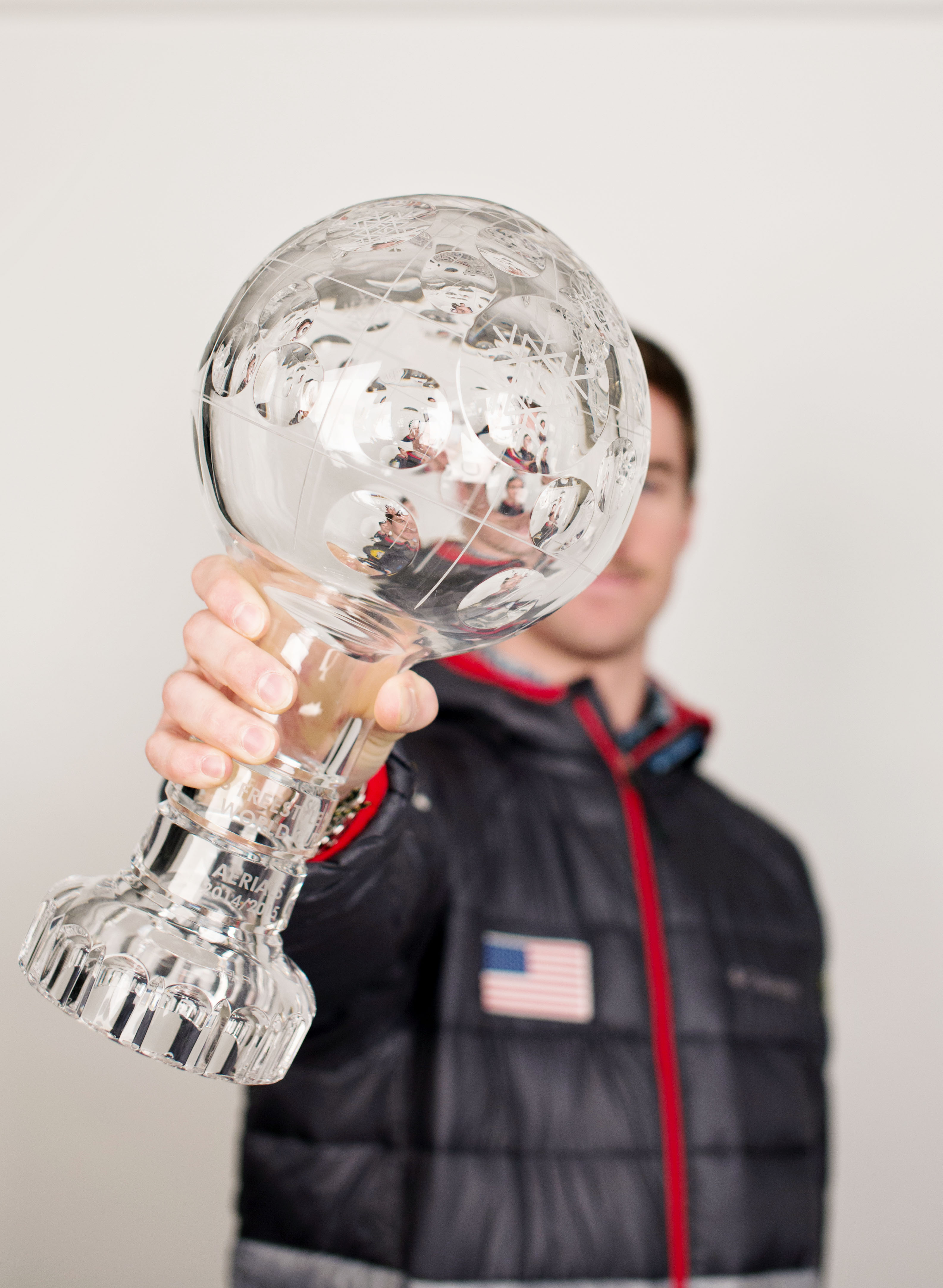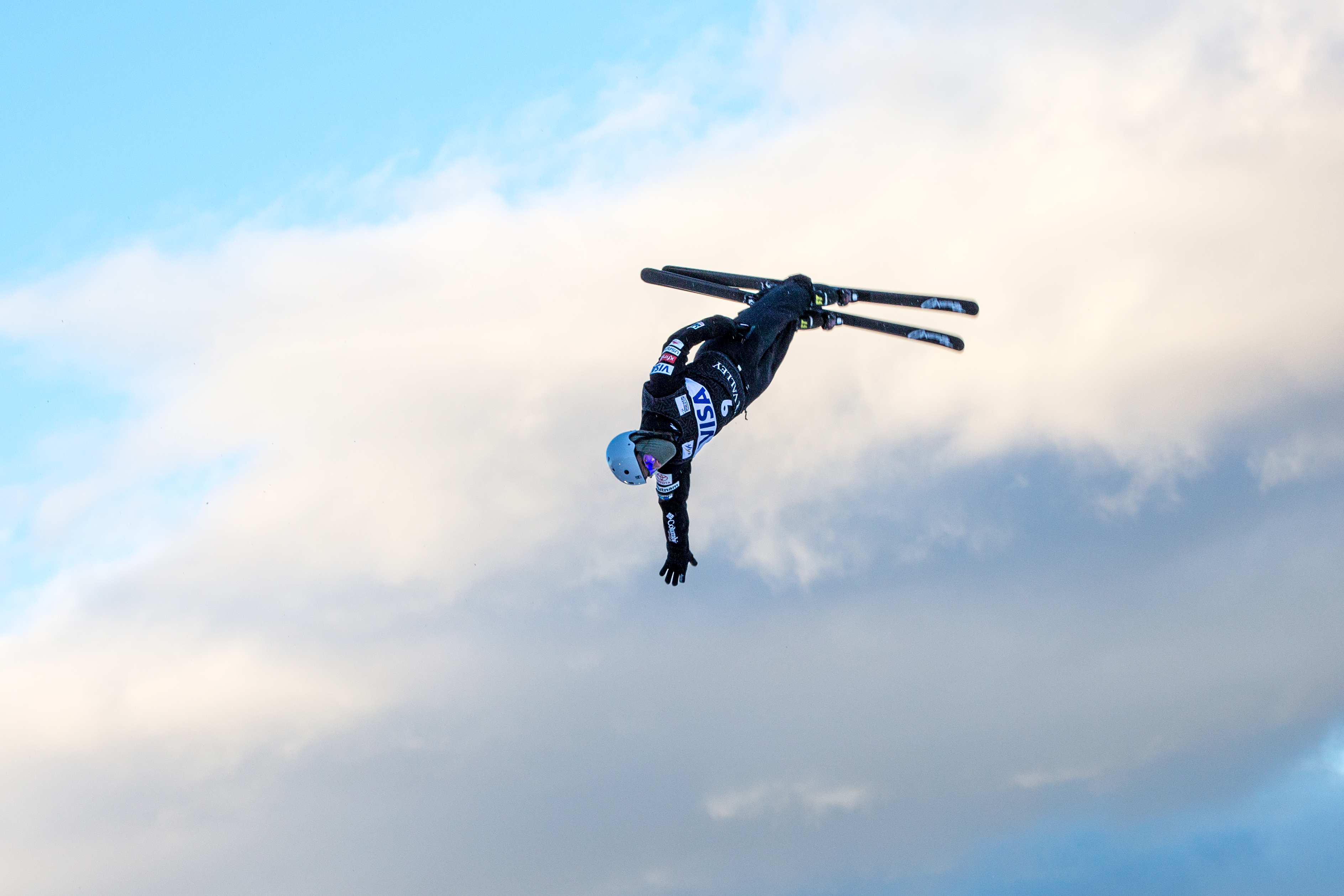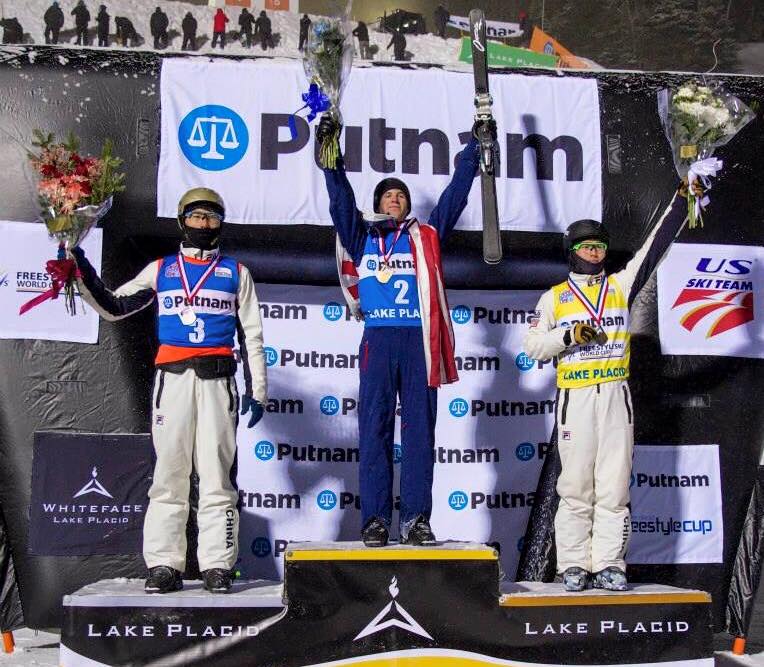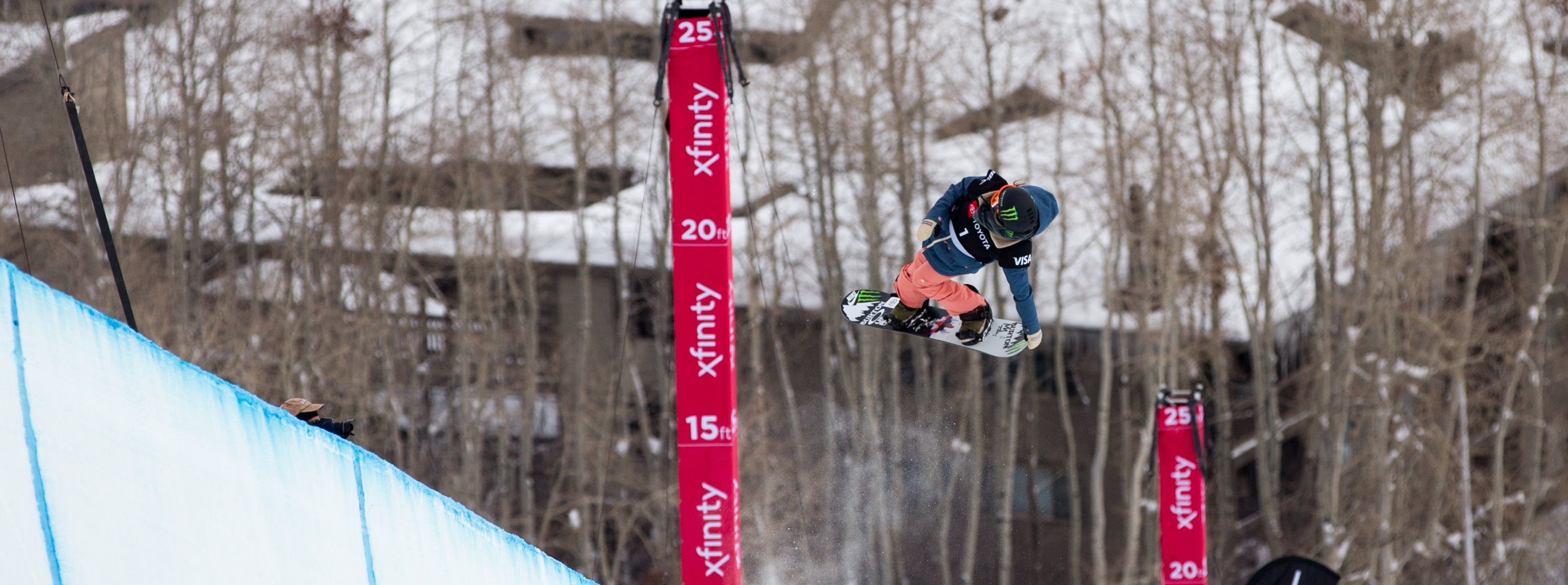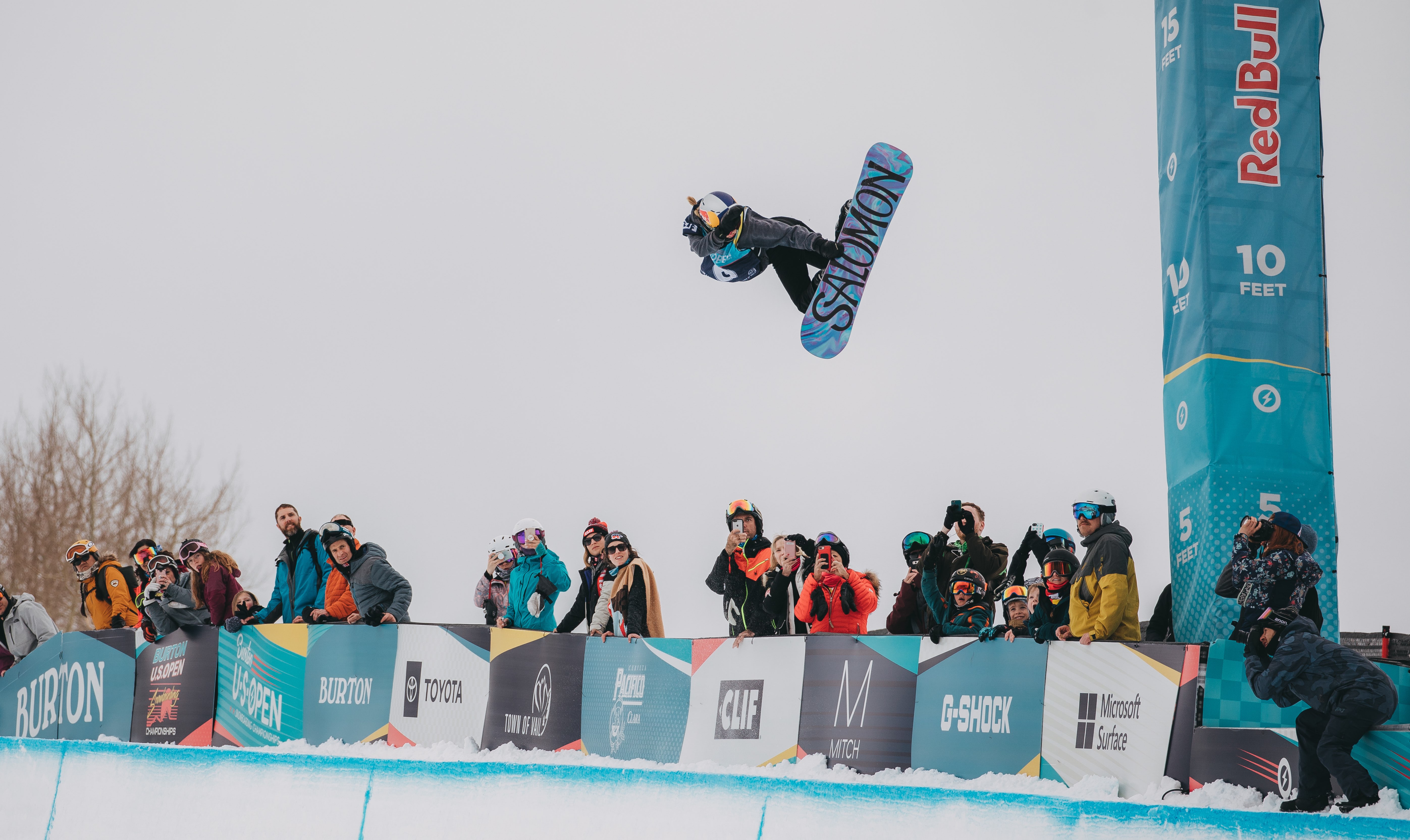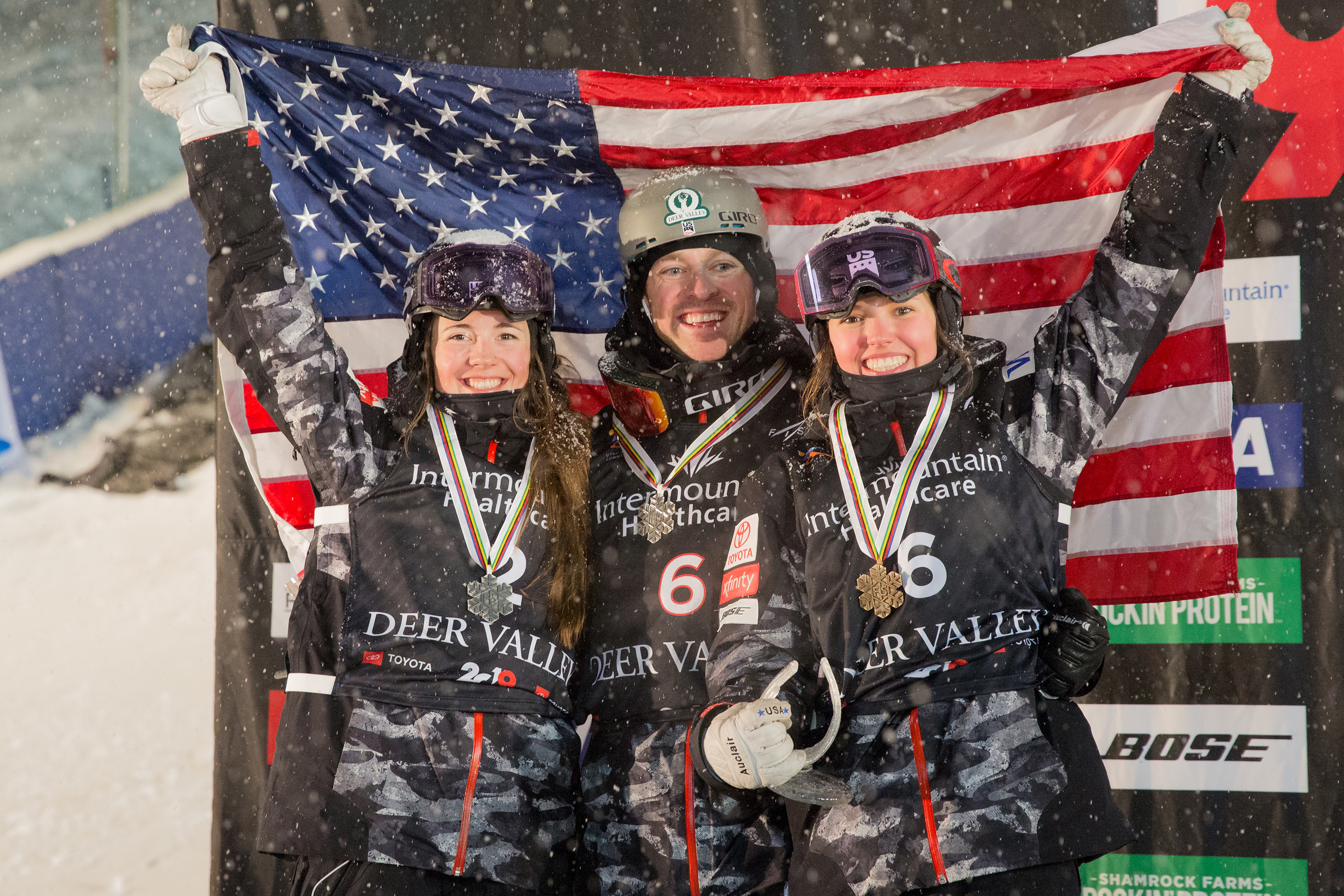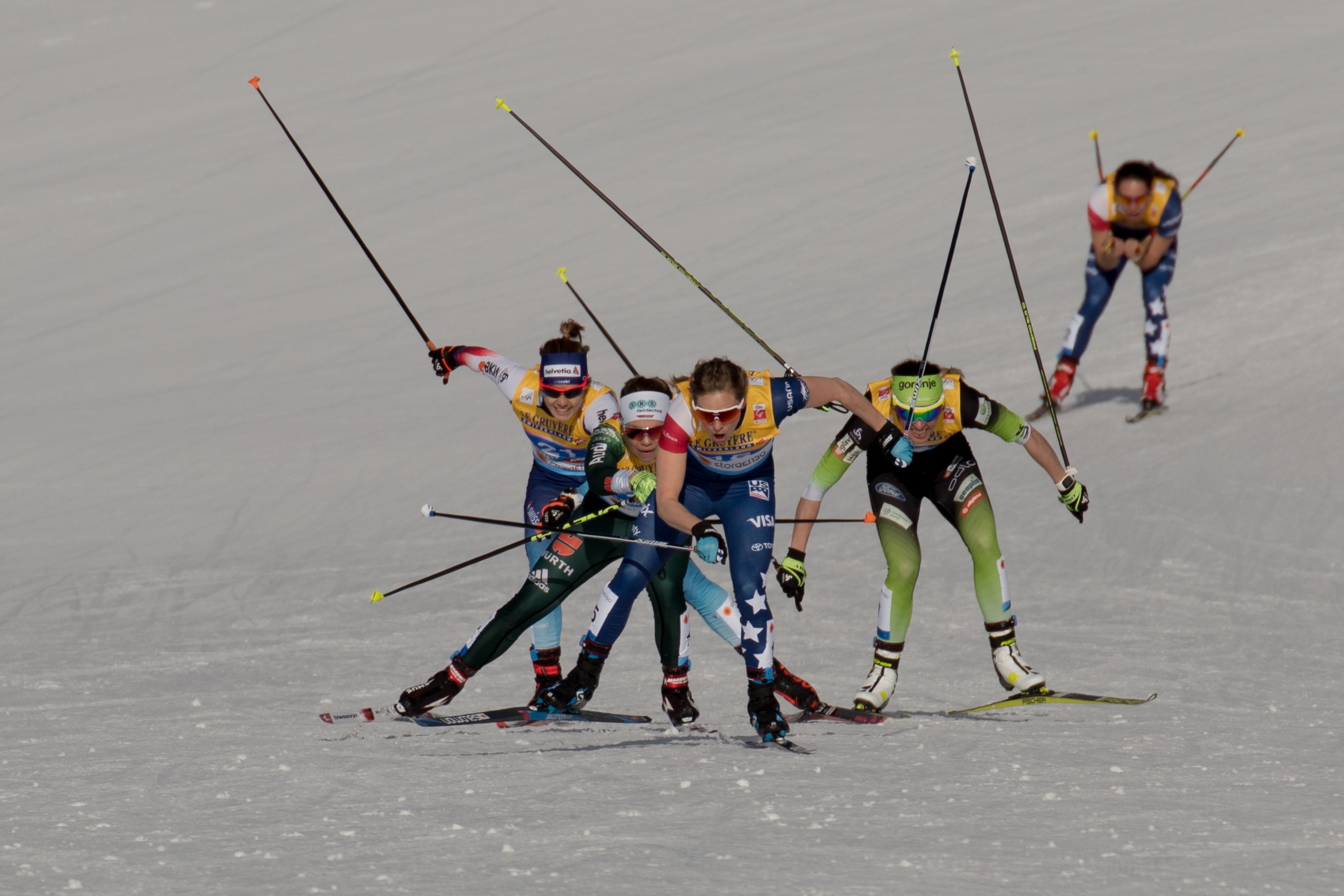Winter Never Stops

Winter Vinecki (Gaylord, Mich.) is no stranger to the spotlight. As an aerial skier for the U.S. Ski Team, she is used to competing under pressure in front of thousands of people. Gaining the confidence to ski down the in-run to perform her aerials jump in training and competition is no small feat, but as an elite athlete, it is Winter’s job. Performing in front of a crowd is a part of Winter’s life both on and off the snow, and it is something the U.S. athlete embraces.
From when she was little, Winter was a multisport athlete. She tried “every sport available to me” but loved running, triathlons and skiing the most. While most kids would have been satisfied with recess activities, Winter ran her first 5k when she was just five years old, her first 10k when she was eight and a 10-miler when she was 10. Winter ran her first marathon at 13 and progressed to competitively competing in triathlons along the way, becoming a two-time IronKids National Triathlon Champion.
Every athlete can point to a reason for competing, why they grind it out every day. For Winter that reason is her dad, Michael. On Michael’s 40th birthday he was diagnosed with a rare and aggressive form of prostate cancer when Winter was just nine years old. “I knew on the day he was diagnosed that I wanted to do something to try to help him, and all men and families affected by prostate cancer.” That’s when Team Winter was formed, now a nonprofit organization for prostate cancer awareness and research, and Winter’s career as a public speaker was born.
“A big part of what I did, in the beginning, was just spreading the message [about prostate cancer] so I began doing a lot of public speaking in talks in our local town and at different triathlons and races that I was a part of.”
Very sadly Michael passed away 10 months after being diagnosed, but that didn’t stop Winter from spreading her message - it just propelled her forward and shifted her focus to using athletics as a platform.
Winter became an IronKids ambassador when she was 11. IronKids was a national triathlon series for kids across the United States, holding races throughout the summer. Every summer weekend for the next three years, Winter traveled around the country, talking to kids and parents about her foundation, her career as a young athlete and the importance of leading a healthy lifestyle. “One of the big messages with IronKids was helping children lead a healthy, active and positive lifestyle. I was also hugely into encouraging them to not only race for themselves but for a cause. I loved bringing that into schools and teaching the students tidbits about eating healthy and making smart choices and finding a passion, whatever that might be, whether it’s basketball or knitting or whatever they want.”
As Winter continued to compete in racing, she added to her portfolio of public speaking. Through Team Winter she did a lot of work with the Prostate Cancer Foundation and started speaking for that organization in public. She even spoke at their gala in New York City when she was just ten, in front of distinguished people such as Michael Milken, founder of the Prostate Cancer Foundation, and Whoopi Goldberg. She appeared on the Rachael Ray Show when she was just ten, sharing her story in front of a live studio audience and the millions of viewers tuning in to one of America’s biggest shows at home. Furthermore, Winter spoke at a TEDxSalem event, spreading the message of not letting age define your possibilities, and she was part of a company, Boosterthon, which helps schools raise money through fun runs. As part of their programming, Winter spoke at schools and became her own character for Boosterthon, “I was the ‘Grit It Out’ character for their posters and videos” that were shown to 1.3 million students in 1,900 schools across the country.
Winter realized the more races she ran and won, the more exposure she could garner. She wanted to do something big to honor Michael after he passed and came across an opportunity in the Guinness Book of Records, the youngest person to run a marathon on all seven continents. “I immediately told my mom I wanted to win this record for my dad. I was 10 or 11 at the time, and I really didn't think it would actually happen. But I have the most amazing mom in the world, and we started planning.” Not only did Winter capture the world record before turning 15, but she and her mom also earned the record of first mother-daughter duo to run marathons on all seven continents. Let that sink in…. A young teenager deciding to take on a challenge most adults would not even consider, and not only did Winter achieve that incredible goal, but she also did it with her mom at her side.
Around the time Winter was actively competing in marathons, she found aerials skiing. Winter learned to ski practically from the time she could walk and ski raced at her home mountain, Boyne. Her grandfather, Ed Estelle, taught skiing for almost 60 years, so the sport was in her blood. However, adding the aerial maneuver component to the sport was a whole new challenge for her. “I liked to mess around on our trampoline at home doing flips, and I love skiing, so I thought, ‘Why not try it?’ I came out to Park City and did the Fly Freestyle tryout camp.” Earning a spot to train through the Fly Freestyle scholarship, Winter trained in aerials skiing through the summer of 2012 with coaches Sharlee Strebel and Matt DePeters and ended up moving to Park City that fall.
For a while, Winter remained a multisport athlete, training for marathons while learning to do double flips on snow. In 2016, Winter was named to the U.S. Ski Team after winning the 2015-16 aerials NorAm tour, and since then has taken a step back from competitive running to concentrate on her aerials career.
To date, Team Winter has raised over half a million dollars for prostate cancer research, the majority of which has been donated to the Prostate Cancer Foundation. Although she’s pulled back on bigger events with her organization due to her ski team commitments, Winter and her mom and three brothers (who help run the organization) still raise money through their online store and through other supporters running their own fundraising events. The money raised has had a direct, positive impact on the fight against prostate cancer, helping to develop a new drug to treat metastatic prostate cancer, the disease which Winter’s father, Michael, had. “He never got to use that drug, but knowing that it might be about to help other families is really cool.”
Just as Winter has transitioned from Park City Ski & Snowboard to the U.S. Ski Team, her public speaking career has gone from the assembly halls of schools to auditoriums of thousands of people. “Now I do a lot of speaking with JuicePlus, a whole food based nutrition company I work with. I have spoken on their main stage at several of their conferences, starting when I was 12.” Having just come back from speaking for them in Sacramento to more than 8,000 people, Winter will also speak in Chicago and San Antonio, Texas, with them this summer.
Winter points to the fact that when she’s public speaking, it’s her story, so it comes naturally, and after doing so many speaking engagements in the last 11 years, now more than half her life, Winter says, “I’m pretty used to it. Sometimes I practice beforehand, but it’s my story, so I know it pretty well. I usually have pictures and videos that accompany my talks, and I really just love sharing my story with the audience.”
Looking to the future, Winter knows public speaking will always be a part of her life, if not necessarily her primary career. “Promoting healthy living and sharing my story are things I’ll always be passionate about. As long as there’s a want and need for me to speak, I will continue to get that message out.”
Speaking to a crowd of thousands and skiing down an aerial in-run both conjure feelings of fear and stress for most, but when deciding which is more nerve-wracking, Winter chooses aerials.
“But in both scenarios, you practice a ton and get more and more comfortable doing it. I find ways to overcome the fear and the jitters. As soon as you step on stage or hop-turn at the aerials site, you get in the zone and are ready to go.”
For more information on Team Winter, click here
You can also follow Winter’s journey at wintervinecki.com
